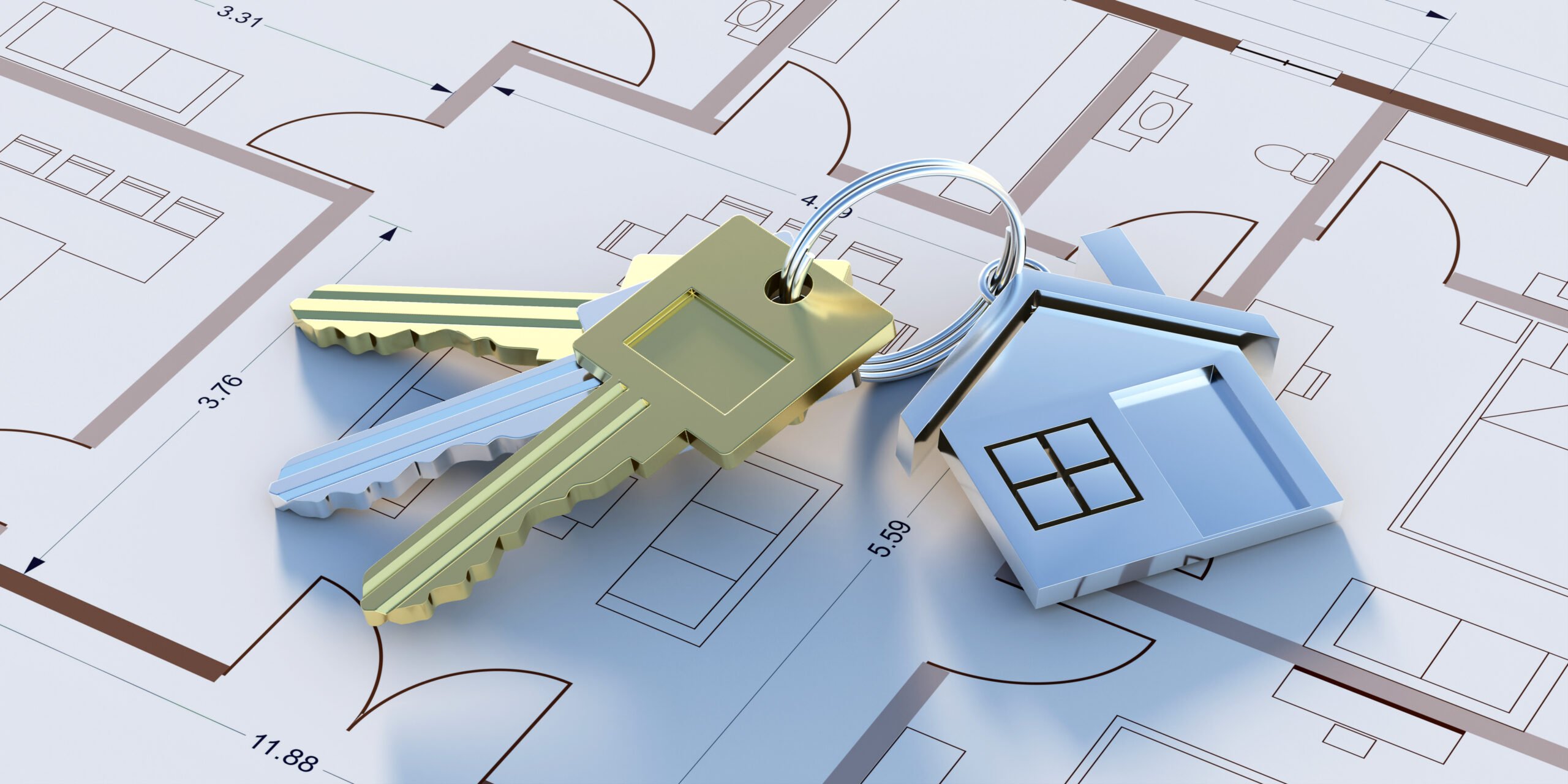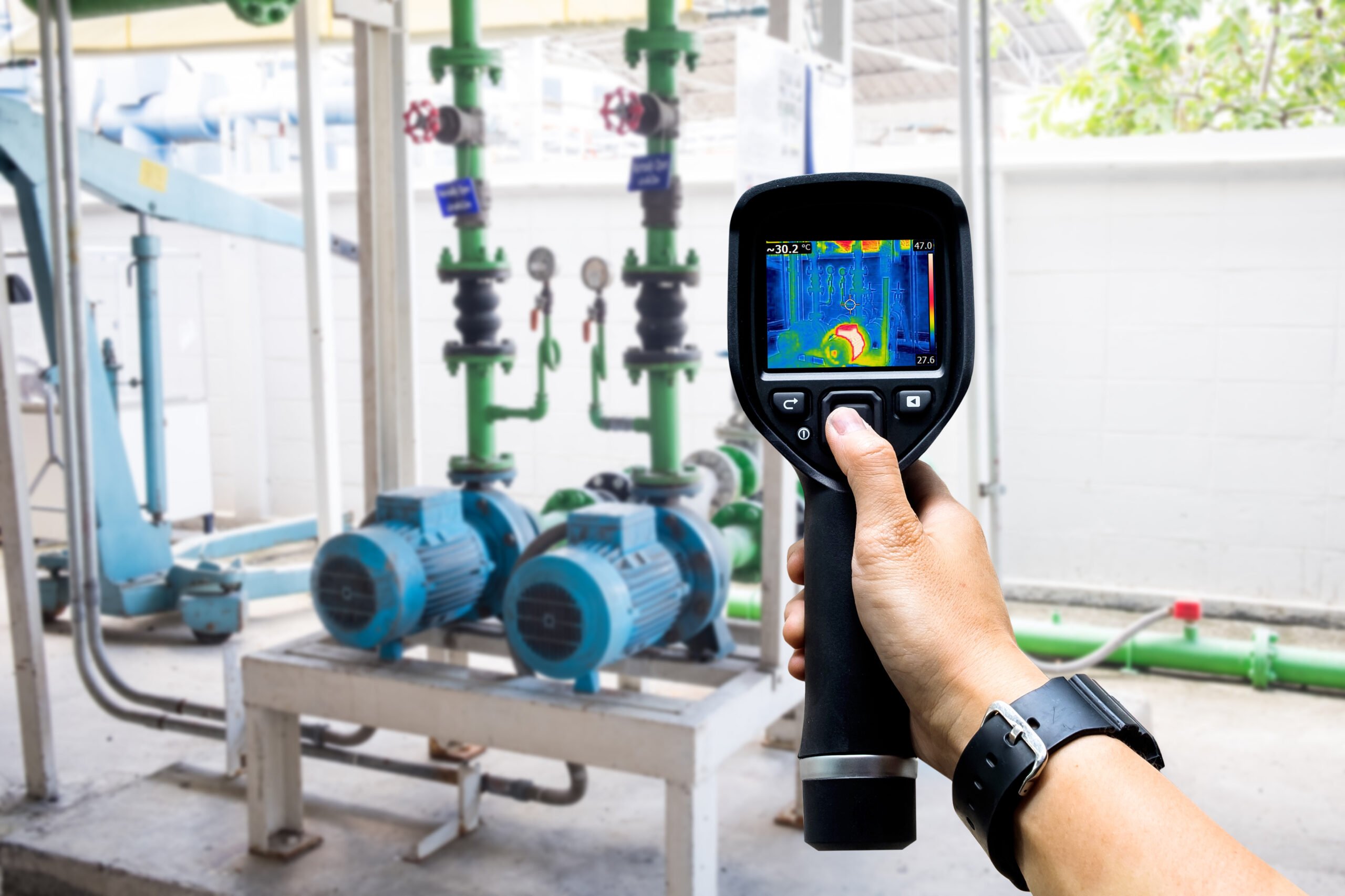When buying or selling a property, a thorough inspection is essential to ensure its condition and value. While traditional inspection methods are valuable, they can miss underlying issues that aren’t visible to the naked eye. This is where thermal imaging technology becomes a game-changer.
What is Thermal Imaging?
Thermal imaging, also known as infrared (IR) thermography, is a non-invasive diagnostic technique that captures the infrared energy emitted from objects. This technology converts the infrared radiation into a visible image, highlighting temperature variations. These images, known as thermograms, reveal hidden problems in a property that might otherwise go unnoticed.
Key Benefits of Thermal Imaging in Real Estate Inspections
1. Detecting Hidden Moisture and Leaks
Moisture issues can lead to significant damage and costly repairs if left undetected. Thermal imaging can identify hidden moisture in walls, ceilings, and floors by detecting temperature differences caused by water intrusion. This early detection allows for timely intervention, preventing mold growth and structural damage.
2. Identifying Insulation Deficiencies
Proper insulation is crucial for energy efficiency and comfort in a home. Thermal imaging can reveal areas where insulation is missing or insufficient by highlighting temperature variations in walls and ceilings. Identifying and addressing these deficiencies can lead to improved energy efficiency and reduced utility bills.
3. Locating Electrical Problems
Electrical issues pose serious safety risks and can lead to fires if not addressed. Thermal imaging can detect overheating components, loose connections, and other electrical problems by identifying hot spots in electrical panels, outlets, and wiring. This early detection helps in preventing potential hazards and ensures the electrical system is in good working condition.
4. Uncovering HVAC System Issues
Heating, ventilation, and air conditioning (HVAC) systems are essential for maintaining a comfortable living environment. Thermal imaging can identify issues such as blocked ducts, leaking refrigerants, and malfunctioning components by detecting temperature anomalies in the HVAC system. This allows for timely repairs, ensuring optimal performance and energy efficiency.
5. Assessing Roof Conditions
A well-maintained roof is vital for protecting a property from weather elements. Thermal imaging can detect roof leaks, insulation problems, and other issues by identifying temperature differences on the roof surface. This information is valuable for making informed decisions about repairs or replacements.
Enhancing the Real Estate Transaction Process
For Buyers
Thermal imaging provides potential buyers with a comprehensive understanding of the property’s condition. By revealing hidden problems, buyers can make informed decisions and negotiate repairs or price adjustments based on the inspection findings. This transparency builds confidence and trust in the transaction.
For Sellers
For sellers, a pre-listing inspection that includes thermal imaging can identify and address issues before putting the property on the market. This proactive approach can prevent unexpected surprises during the buyer’s inspection and streamline the selling process. Additionally, showcasing a property with a clean bill of health can enhance its appeal to potential buyers.
For Real Estate Agents
Real estate agents can leverage thermal imaging as a powerful tool to provide added value to their clients. By recommending inspections that include thermal imaging, agents can demonstrate their commitment to thorough due diligence and client satisfaction. This can set them apart in a competitive market and build a reputation for reliability and professionalism.
Conclusion
Thermal imaging is a valuable addition to the real estate inspection process, providing insights that traditional methods may miss. By detecting hidden issues such as moisture, insulation deficiencies, electrical problems, HVAC system faults, and roof conditions, thermal imaging ensures a comprehensive evaluation of a property’s condition. Whether you’re a buyer, seller, or real estate agent, incorporating thermal imaging into inspections can lead to informed decisions, timely repairs, and smoother transactions. Investing in thermal imaging technology ultimately enhances the integrity and value of real estate investments.
If you’re considering buying or selling a property, make sure your inspection includes thermal imaging to uncover hidden issues and ensure a thorough evaluation. The benefits of this advanced technology can save you time, money, and stress in the long run.



